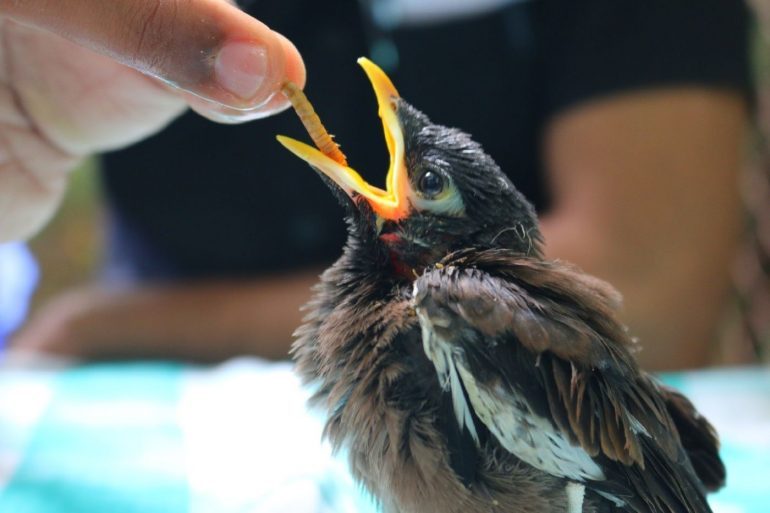Have you ever noticed your dog shaking his head, scratching his ears, licking his paws, or having an unpleasant odor? These are visible signs that indicate your pet is in discomfort. Yeast infection is one of the most common causes of these issues that can arise. This kind of infection can spread on paws and in the ears, armpits, skin folds, and your dog’s hind end.
Note- This article is for informative purposes only. Always remember to follow the advice of your veterinary doctor regarding your pet’s health or medical condition.
What are the Causes of Dog Yeast Infection?
A particular type of yeast, known as Malassezia, naturally lives on a dog’s skin, in his ears, and in his anal sacs. A healthy immune system is essential to control the growth of this yeast. An overgrowth of yeast can irritate the dog’s skin and lead to yeast dermatitis (skin inflammation).
Some of the major causes of yeast infection in dogs’ ears include:
Allergies
A dog yeast infection might occur because of various causes, such as allergies to fleas, food, or substances in the environment. These allergies can cause skin irritation and lead to oily skin.
Steroid Medications
Veterinarians can prescribe steroid medications to treat dogs with autoimmune disorders and allergies. However, taking these steroids can weaken the immune system and make dogs more prone to yeast infections.
Antibiotics
Good bacteria help to maintain the balance of yeast levels. When your pet consumes antibiotics, it can wipe out good and bad bacteria. In the absence of bacteria, yeast can grow to a large number.
How to Treat Your Dog’s Yeast Infection at Home?
There are a few things you can do to help your dog with yeast infection while also getting the right diagnosis from your vet to ensure a quick recovery.
Note- This article is for informative purposes only. Always remember to take the guidance of your veterinary doctor regarding your pet’s health or medical condition.
You can try these effective methods of managing yeast infections in dogs:
Apply Apple Cider Vinegar to Your Pet’s Skin
When vinegar is applied topically, it creates an acidic environment that inhibits the growth of yeast. You can use a solution of one-part apple cider vinegar to three parts water for wiping the infected area. Avoid using it on the dog's ears, near the eyes, or on the genital area.
Frequent Baths
Bathing your dog regularly can help control excess oils on a dog’s skin and help remove yeast from the surface of the skin. You can use the shampoos which are prescribed by your veterinary doctor for your dog’s specific medical needs.
Treat the Affected Areas with Coconut Oil
You can massage your dog’s affected region with a mixture of coconut oil at least once every week. Just melt about 8 oz of virgin oil into a small bottle, two drops of lemon essential oil, and about ten drops of lavender oil. Now, shake the mixture and apply it to the affected part of your dog’s skin.
Wrap Up-
If you want to prevent the recurrence of a yeast infection in your dog, it’s important to treat any known causes, such as allergies or an active bacterial infection. It would be helpful if you also dry your dog’s ears after baths and swimming. It is essential to clean and check your dog’s ears regularly.
You can also consider buying pet supplies online from any reliable platform so that you can minimize the occurrence of yeast infections in your dog.
